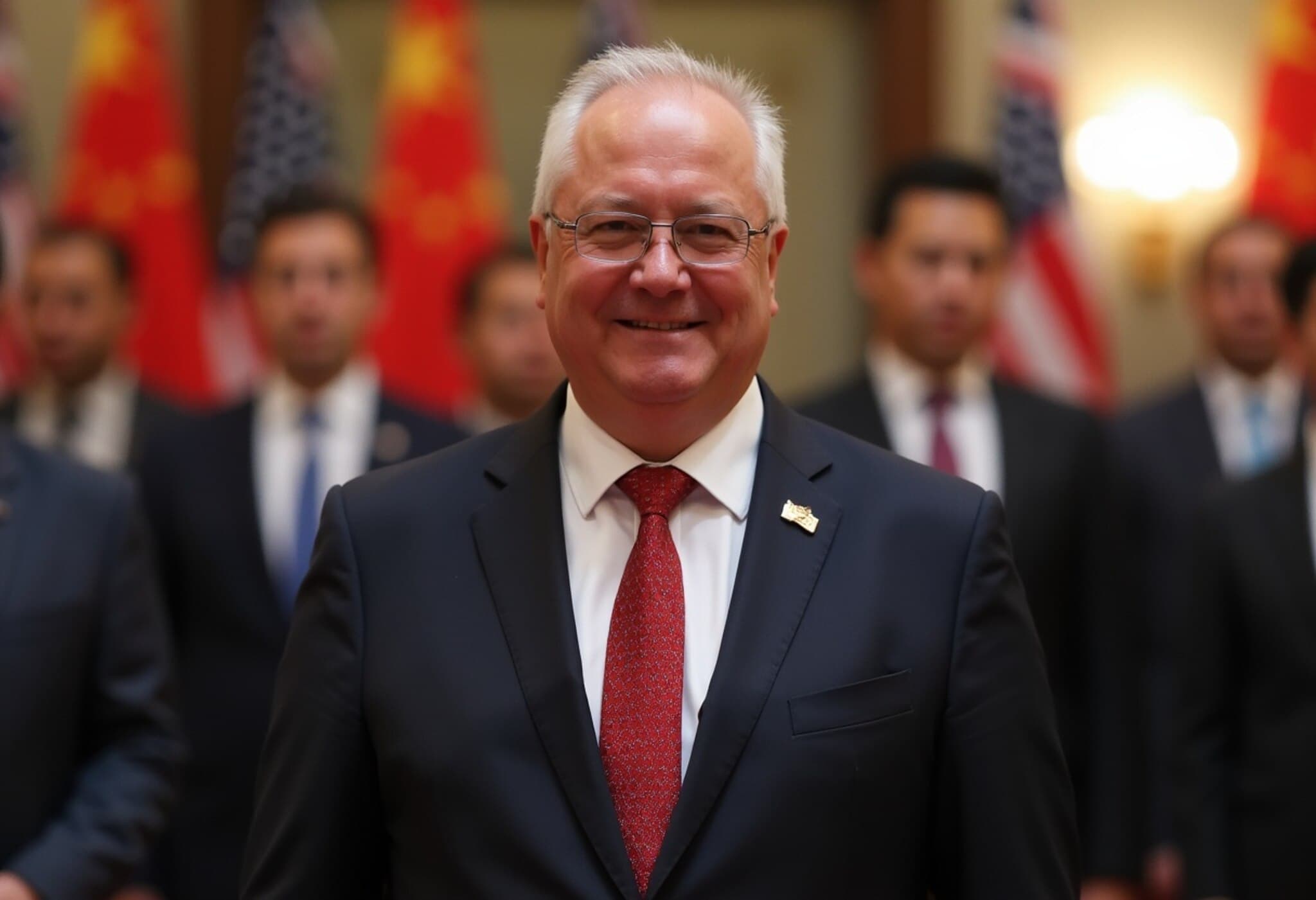Australian Prime Minister Anthony Albanese Embarks on Crucial China Visit
On July 12, 2025, Australian Prime Minister Anthony Albanese landed in Shanghai, commencing a pivotal six-day visit to China. This trip aims to consolidate the recent warming of bilateral trade relations, even as simmering geopolitical tensions—most notably driven by competing security interests and ongoing tariff conflicts—cast a shadow over the dialogue.
Renewed Trade Links Against a Complex Backdrop
This marks Albanese's second official journey to China during his tenure, a gesture signaling Australia's intent to stabilize its relationship with its largest trading partner. A highlight of this visit includes discussions with Chinese President Xi Jinping in Beijing, underscoring the high diplomatic stakes involved.
Trade ties between the two countries have experienced a roller coaster over the last decade, marred by disputes and mutual suspicion, especially after Australia criticized China’s activities in the Pacific and imposed stricter scrutiny on Chinese investments, particularly in critical minerals vital for technology and energy sectors.
Relations showed promising signs of remedy in December 2024 when China lifted its ban on Australian rock lobster imports—a contentious issue that had strained commerce since 2017. Albanese emphasized this progress, stating, “Trade is now flowing freely, benefiting economies and communities on both sides.”
Balancing Economic Cooperation with Security Concerns
Despite trade improvements, the visit proceeds amid ongoing regional security complexities—most notably China’s assertive territorial claims in the South China Sea—which continue to alarm Australia and its allies. During a press briefing after his arrival, Albanese candidly addressed these tensions: “We cooperate where we can, and disagree where we must, but honest conversations about these challenges are essential.”
The prime minister acknowledged the intrinsic differences between the two nations’ political systems and values, reinforcing the importance of direct dialogue to foster mutual understanding.
China’s Foreign Ministry welcomed the visit warmly. Spokeswoman Mao Ning expressed optimism that the talks would bolster communication, deepen trust, and expand practical cooperation across sectors.
Expert Insights: Navigating a Delicate Diplomatic Tightrope
According to Huong Le Thu, Asia deputy director at the International Crisis Group, Albanese faces a formidable challenge in aligning Australia’s strategic alliance with the United States—particularly under former President Donald Trump’s ongoing tariff measures—with its economic interests in China.
“This visit is not a simple diplomatic stroll—it requires striking a nuanced balance between security commitments and economic pragmatism,” Le Thu explained. The prime minister’s ability to maneuver through these competing pressures will likely shape Australia’s regional role amid escalating U.S.-China rivalry.
Regional Implications and Broader Context
Australia’s engagement with China cannot be viewed in isolation. The visit underscores a broader trend among middle powers seeking to recalibrate ties in an era defined by complex interdependence and strategic competition. As the U.S. continues imposing tariffs disrupting global trade flows, countries like Australia are caught between economic imperatives and alliance expectations.
For Australian businesses, improved access to Chinese markets presents opportunities but also risks given potential political volatility. For policymakers, Albanese’s trip is a litmus test of Australia's diplomatic agility and commitment to a rules-based regional order.
Editor’s Note
Anthony Albanese’s China visit highlights the delicate balancing act Australia must perform in an increasingly fractious geopolitical landscape. While the restoration of trade flows offers tangible benefits, deeper questions persist: How will Australia uphold its security commitments without alienating its largest trading partner? Can honest dialogue overcome systemic political and ideological differences? This visit marks an important chapter in Australia’s ongoing effort to navigate between two global powers, illuminating the broader challenges faced by countries striving to maintain sovereignty and prosperity amid great power tensions.

